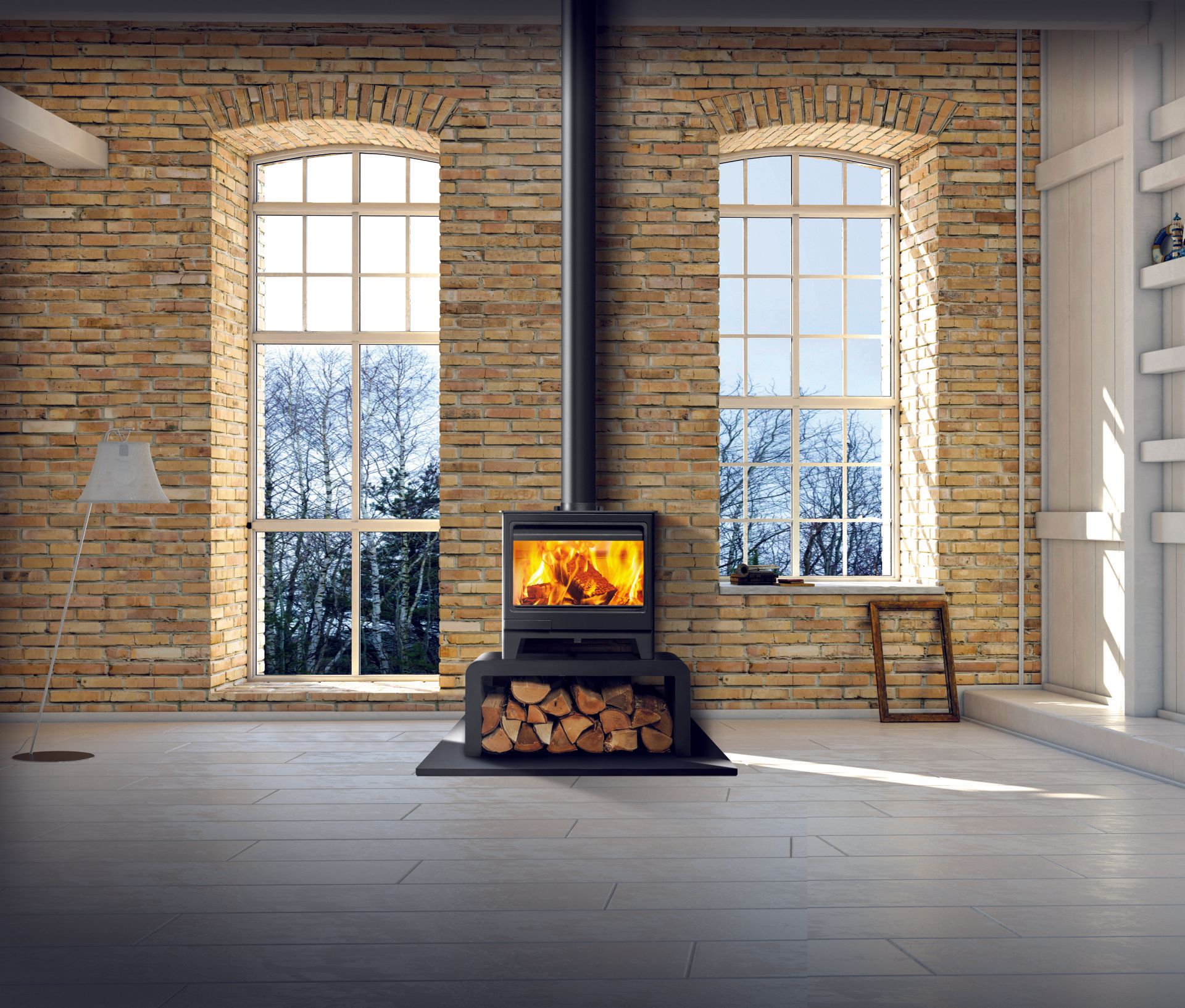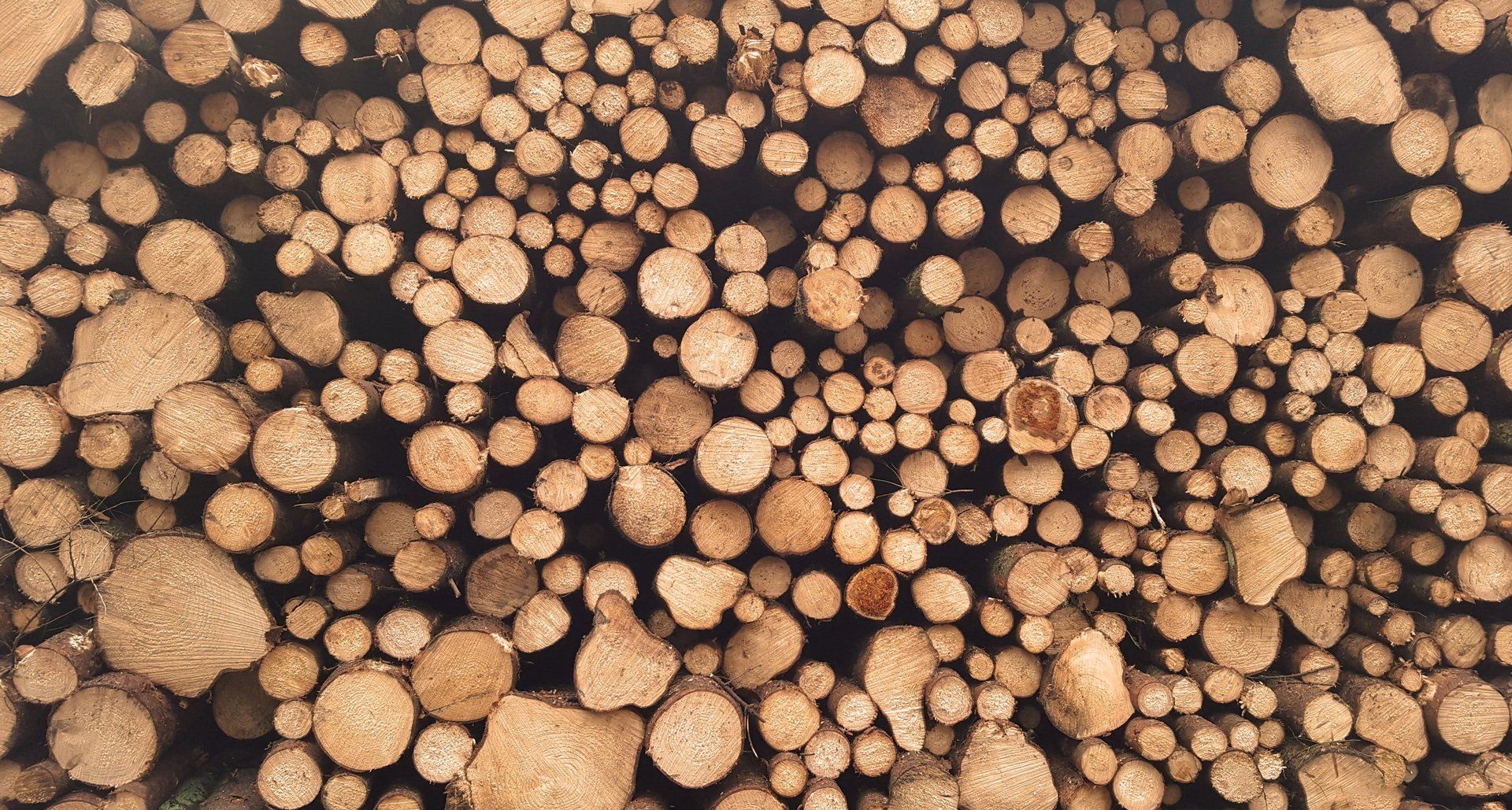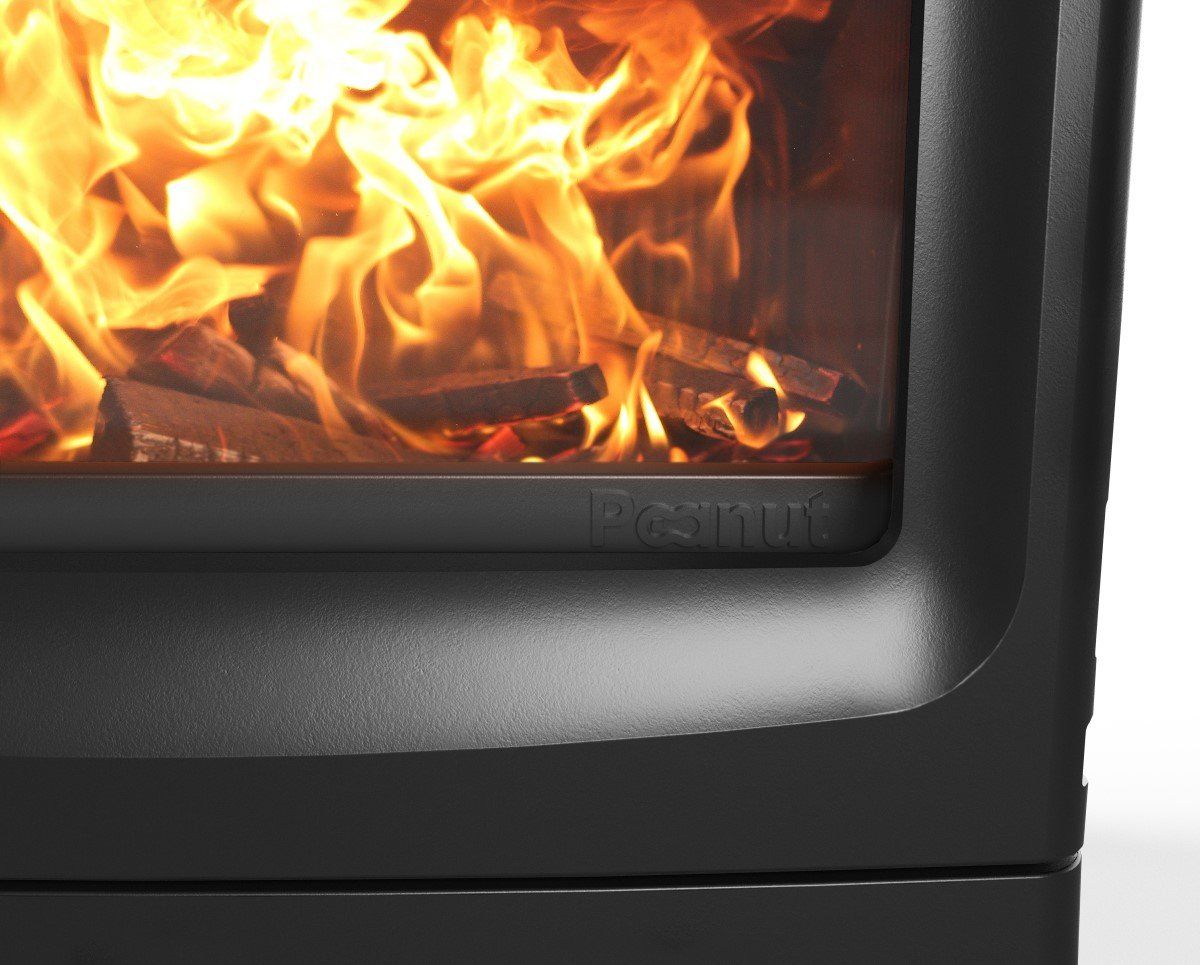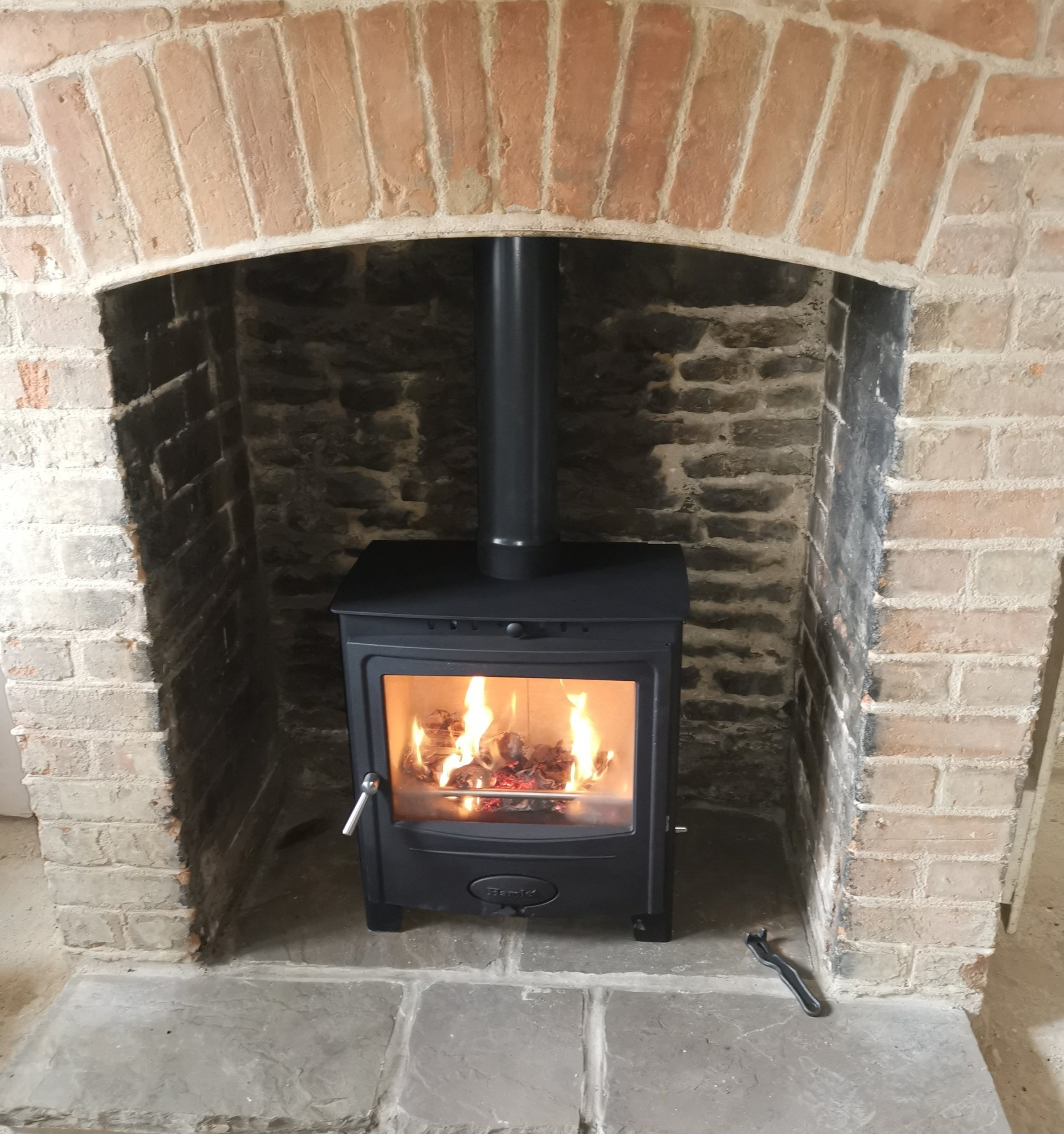A Guide to: Buying & Burning Wood.
Our advice for buying and burning good quality logs.
Burning
incorrect fuel on your new stove will invalidate the guarantee on your stove
and pipework, as well as being dangerous. Burning the wrong fuels can cause a build-up
of soot, tar, creosote etc. This can lead to damage to the stove and pipework
as well as creating a high risk of a chimney fire.
For this reason, we decided to put all of our industry knowledge together to give you guides on what is best to burn on your fire and how to get the most out of your fuel.
We have put together two separate guides;
- A Guide to: Buying & Burning Wood.
- A Guide to: Storing Wood.
The main rule of thumb.
- When it comes to burning wood on a stove (Woodburner or Multi Fuel) all logs must have a moisture content of below 20% at a minimum.
This is the fundamental rule when it comes to burning wood. It's important to keep it in mind when purchasing because if you buy logs that have a moisture content of above 20% you will have to leave them to lay until they have dried out enough to burn. This can take years depending on the moisture content you started with.
What logs should I buy?
When purchasing logs for your woodburner or multi fuel stove, you should look for seasoned or kiln dried logs.
Why not fresh wood?
Freshly cut wood
has a very high moisture content, when burned it won’t produce much heat and
will produce a lot of soot, as well as sticky residues from the sap and smoke.
The build-up of residue can cause damage
to your stove and pipework, and in many
cases prevent them from working correctly. Residue build up can cause
chimney fires.
What happens if I burn wet wood?
Most importantly, it is one of the most common causes of stove issues and invalidated guarantees on stoves and pipework.
The other reasons are;
- It won’t light or will be hard to light,
- It won’t burn as hot, most of the energy produced goes on burning away the moisture, producing excess smoke, soot, tar and creosote which is highly flammable and causes chimney fires. So, you will go through more wood trying to get heat, as well as creating a potentially dangerous situation.
- Very unfriendly to the
environment due to the high emissions it produces.
If you purchase wet wood, it is best to store it and not burn it until you can get a moisture reading below 20%.
Seasoned Vs Kiln Dried.
We are frequently asked the difference between seasoned logs and kiln dried. The simple answer is; it's how the logs are dried.
Seasoned Logs.
Seasoned logs are logs that have been left to dry in their own time. At minimum seasoned logs are usually left to ‘lay’ for around 18 months to 2 years.
If the logs have not
been left to dry for at least this long, we wouldn’t recommend buying them, as you will
find yourself storing them for quite a while before they can be burnt.
Kiln Dried Logs.
Kiln dried logs are placed in an industrial kiln where the temperature and humidity levels are monitored to ensure the wood won’t be over dried or under dried. This also speeds up the process, it is possible to kiln dry wood within a week.
Kiln dried logs are often referred to as ‘ready to burn’, this is because generally there is more continuity of the moisture content due to the drying process. All the logs will be below 20% moisture.
So, what are barn dried logs?
Generally, barn dried is just another term used for seasoned, its just suppliers trying to make it sound better. The only real difference is that there is less risk that ‘barn dried’ logs have been exposed to the elements, as some seasoned log suppliers store logs outside.
Which is better seasoned or kiln dried logs?
Technically both should be below 20% moisture, however, without a moisture metre, it is impossible to know for sure.
It is quite common for customers to purchase seasoned logs and find that they have a higher moisture content than 20%. Even after being assured that they have been left to ‘lay’ for a minimum of 18 months. This can be for a variety of reasons, but the two most common are;
- Exposure to elements. If you buy your seasoned logs in the summer, they are likely to be drier due to the hot weather. In the winter the logs can be exposed to the foul weather and soak in the moisture from the rain and frost.
- Different woods take different lengths of time to season. Oak, for example, can take over 4 years to season to below 20% moisture. Most companies mix different types of log together so you can find that each log has a different moisture reading.
Many wood suppliers that sell both seasoned and kiln dried recommend leaving the seasoned to lay for another 6 months after purchasing, before burning it. Even then it is still recommended to use a moisture metre to confirm moisture content before burning.
When it comes to kiln dried logs, the process is very closely monitored, and the logs should be ‘ready to burn’ at the point of sale. With kiln dried there is more consistency with the moisture readings and all logs will read with a below 20% moisture reading if they have been stored correctly.
Both Kiln dried and seasoned logs have advantages and disadvantages. The main one being cost. Seasoned logs are generally cheaper. However, are not always ready to burn straight away, so often need storing. If you want to have a log that is guaranteed to be ready to burn, kiln dried is the better option.
Types of wood.
We are often asked which types of tree produce the best logs and which to avoid. We have put together a small list of the main ones;
Avoid the following wood types:
- Pine & Conifers
These woods can cause problems for the stove and pipework due to a build-up of sticky residue.
- Willow & Holly
Do not burn well at all and have a very low heat output.
- Laburnum
This tree is poisonous and produces fumes.
Be cautious when burning:
- Cypress
Burns quickly so if you want to burn this wood, it is best to mix in with other longer burning types.
- Chestnut
This isn’t the best wood to burn as it doesn’t put out the same amount of heat as other types.
- Birch
This is another fast burning wood type; however, they burn with good heat output. Like many in this list, it is best to mix in with other longer burning woods.
Best types of wood to burn:
- Beech
This wood takes longer to season due to its naturally high moisture content. However, when properly seasoned or kiln dried, it burns well.
- Cedar
Burns well with lasting heat output.
- Yew
This wood has a high heat output with a long burn time.
- Elm
Again, this is another wood type that naturally has a high moisture content, so takes longer than average to season. It burns slowly but with good heat output. Best mixed with faster burning woods.
- Oak
This wood takes a long time to season but is generally considered the best wood to burn. It has a long burn with high heat output.
- Maple Trees
These burn well with moderate heat output, if you want high heat, best to mix with both fast and log burning logs.
Generally, any trees that naturally have a high resin content are best to be avoided, as well as those that burn very quickly. All logs must be at a minimum seasoned, so they are below 20% moisture, however, for the best heat output & efficiency, it is always best to burn kiln dried logs.
Always avoid
any woods that have been treated in any way,
such as painted wood, pallet wood, MDF etc. This is not suitable to be burnt.
It will produce nasty fumes and damage your stove and pipework. It will also invalidate
any guarantee your stove carries.
What is the cheapest way of buying logs?
The simple answer is in bulk.Both seasoned and kiln dried are always cheaper
when purchased in bulk.However, they will require proper storage. If you are low on space, carry bags are a good, but more expensive alternative.
We advise customers to invest in good quality log storage to allow them to buy in bulk as this will save money in the long term.
What should I ask when buying logs for my wood burner or multi fuel stove?
- Are the logs kiln dried or seasoned?
- If seasoned: How long have they been left to lay for?
- If seasoned:
How have they been stored while being seasoned?
- How are they stored when they are ready for sale?
- What types of wood are being supplied? .
- What size are the bags?
(This is usually done in cubic metres. Some bulk logs are supplied in wooden frames, so it is not always bags.) - What length are the logs cut to?
(All woodburners and multi fuel stoves have a maximum log length, so always check you are purchasing logs that will fit it the firebox.) - How will they be delivered?
(Many suppliers will only offer curb side delivery. So if you have special requirements its best to call the supplier to see if they can accommodate them.)











